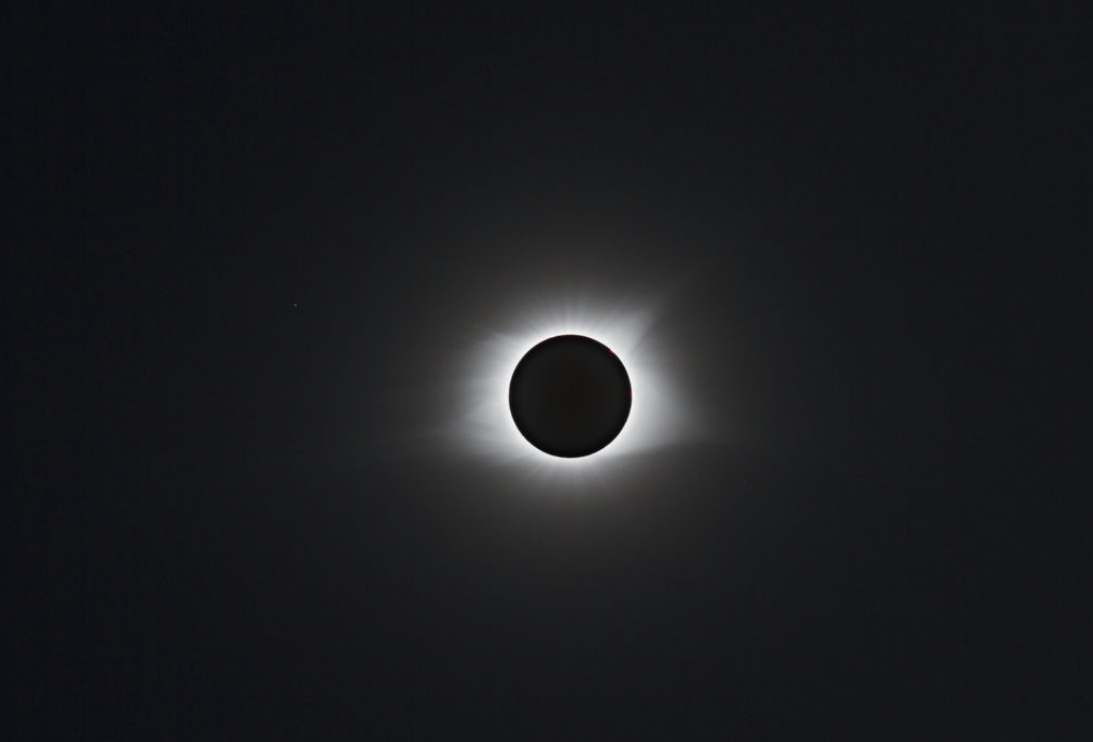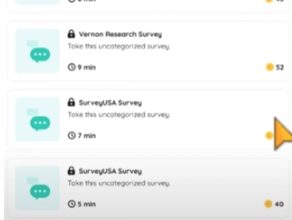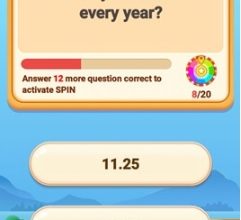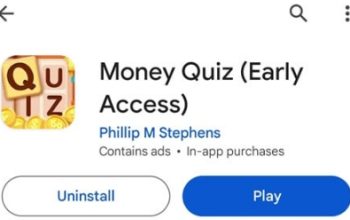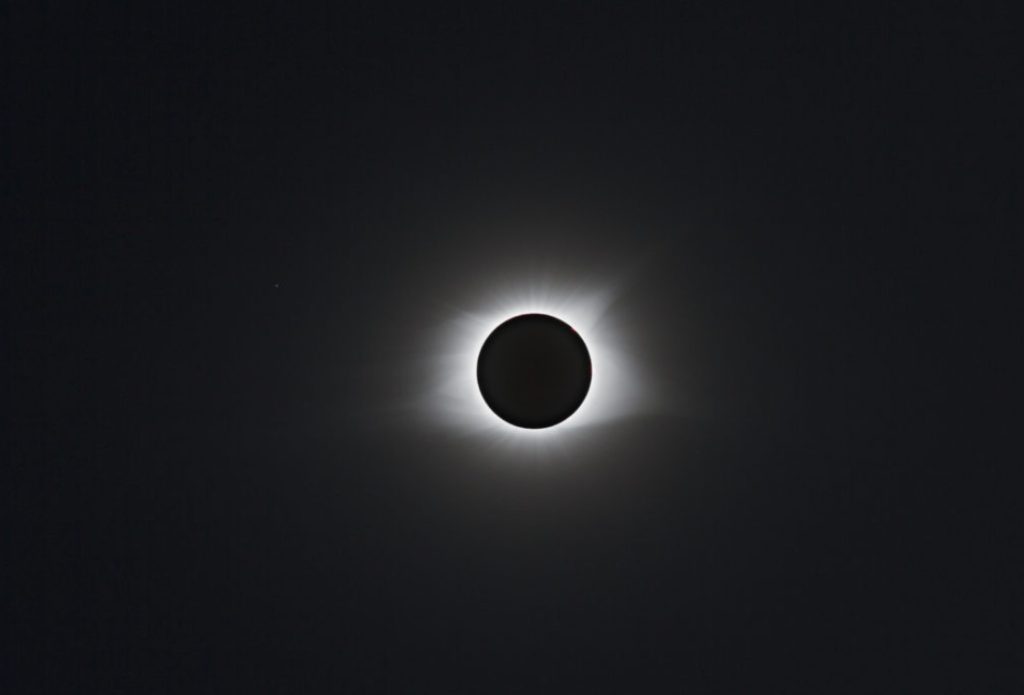
Large populations in the United States don’t typically meet together in person or virtually to enjoy the unadulterated natural world. As others have put it, raw science. This is often due to the fact that not even the whole population of a town, city, or region can see a gorgeous rainbow or an exquisite dawn simultaneously, much alone within a few hours. Not everyone can see uncommon occurrences in the sky or on Earth.
However, owing to employers and school principals, a large number of people were outdoors on a day when most people would have been inside at work or at school, gazing in amazement at an incredible sight: a solar eclipse.
Eclipse explanation
A solar eclipse occurs when the moon, in its orbit around the Earth, passes in front of the sun, partly or totally (depending on the viewer’s position) blocking the sun’s light. The moon’s shadow appears unsettlingly on the ground and in the sea, seeming to change from day to night in areas of totality. This may go on for two or seven minutes at most. The temperature in the air decreases, and some birds retreat to their nests as if dusk has arrived. About once every eighteen months, totality may be seen anywhere on Earth. Once every six months, there occurs a partial solar eclipse, in which the whole eclipse is invisible from Earth. However, people often detect an odd darkening of the brightness and a dip in air temperature even with just partial covering.
Thus, how can that enormous sphere of burning, hot gas become hidden by the moon, which is 400 times smaller than the sun? The fact that it is 400 times closer to Earth than the sun is likewise an implausible coincidence. The reason our little moon can hide the enormous sun as seen from Earth is because of this mathematical connection.
observing the sun
People in the United States and other areas of North and South America started making preparations to view the eclipse in the lead-up to it when news of the date and time circulated on social media. In many U.S. businesses, solar eclipse glasses—which are essential for protecting one’s eyes—were sold out. A few individuals used safety-filtered sun scopes at science centers to see it. Others had to traverse several states to reach the 70-mile (112-kilometer)-wide ribbon of totality that sliced across the northern United States.
When the much anticipated eclipse finally began, people put on their eye protection and began gazing upwards, sometimes trading glasses with total strangers. People saw the last remnant of the sun’s golden disk abruptly vanish along the line of totality and the thin, whispy, white solar atmosphere known as the “corona” emerge. Sparkly spots of light could be seen around its inner margins; these were remnants of the sun’s disk beaming through lunar valleys around the edge of the moon’s dark disk.
others saw this as a spiritual experience, others as pure science, and still others as what may be termed “spiritual science”—awe at the marvels and beauties of the cosmos and nature even in the face of the greatest scientific knowledge.
What does an eclipse teach us?
Aside from the observer, astronomers at NASA and other organizations were hard at work gathering information on the sun’s potential to seriously disrupt contemporary societies.
They studied the corona, which are the plasma strands that float out from the sun and are only visible when the disk is obscured, by obscuring the sun’s main light. This is the beginning of the solar wind. A quick, erratic outburst of charged particles, magnetic fields, and other stuff that shoots out from the sun is called solar wind. When it is directed at Earth, it might cause issues. It is also known as a “geomagnetic storm.” Thankfully, living forms are often shielded from dangerous radiation by our atmosphere and magnetic field, which also permits the amazing sight of the Northern or Southern Lights.
However, the charged particles have the potential to create serious technological issues. For example, a powerful storm in 1859 almost brought down the telegraph networks in both Europe and the United States. A slightly smaller incident in 1989 caused 6 million people in Quebec and the northeastern United States to lose electricity for nine hours. Scientists worry that because satellite communications are so important to our daily life, another major disaster might have a profound effect on the economy. Thus, the ability to forecast the solar wind would let people take vital precautions.
On July 2, 2019, there will be a complete solar eclipse that may be seen from land in portions of South America and the South Pacific. Obtain your eclipse glasses right now!
